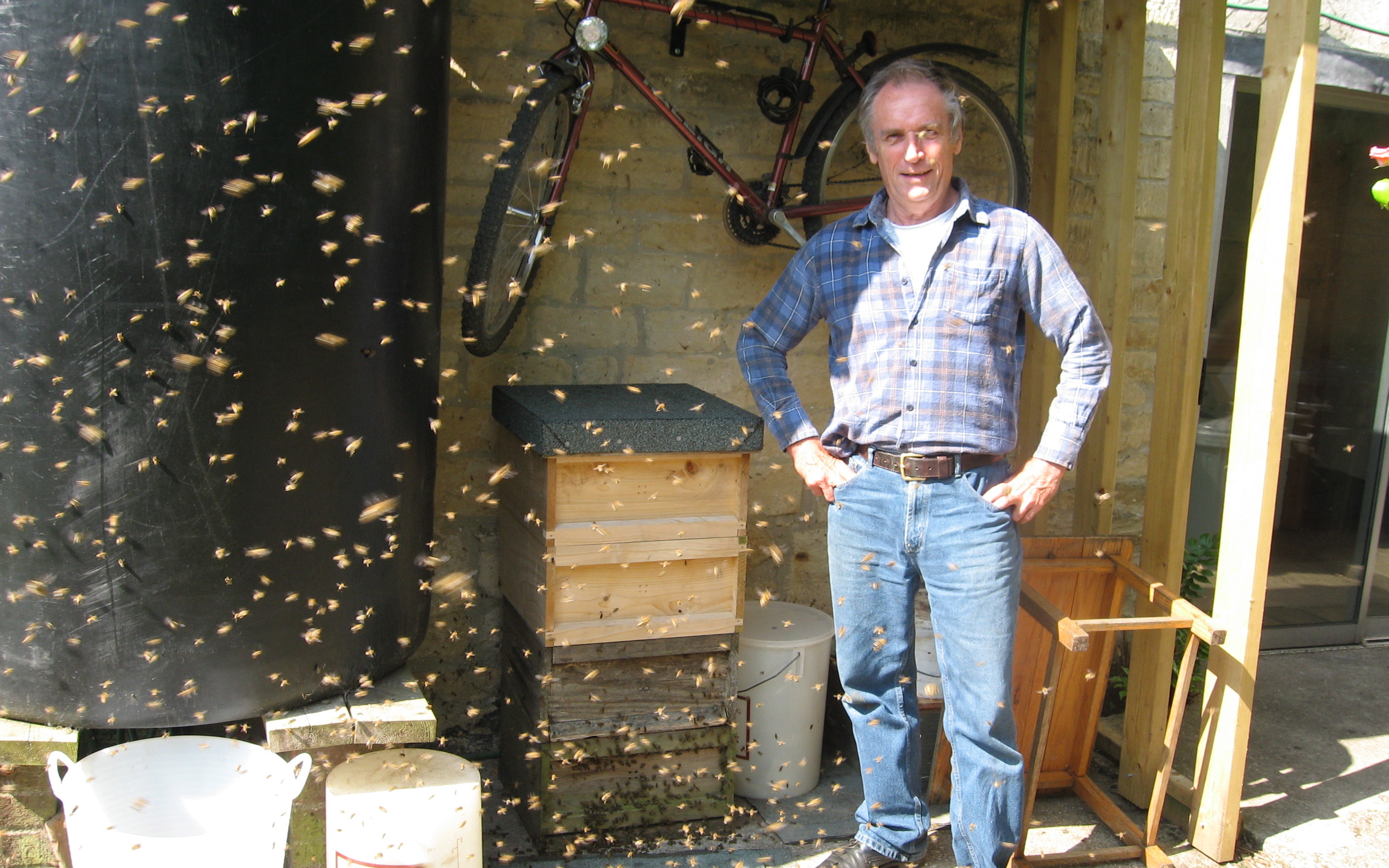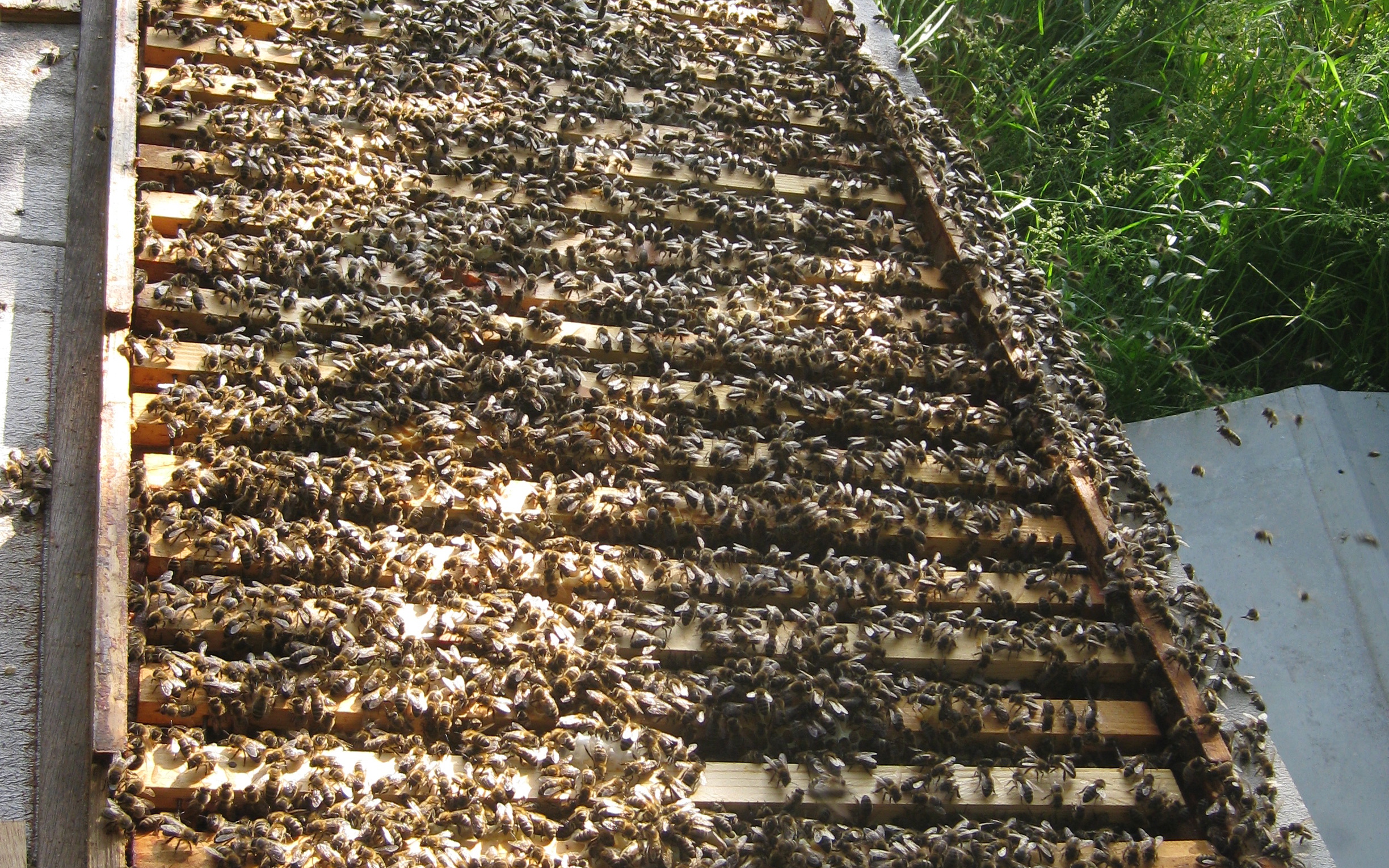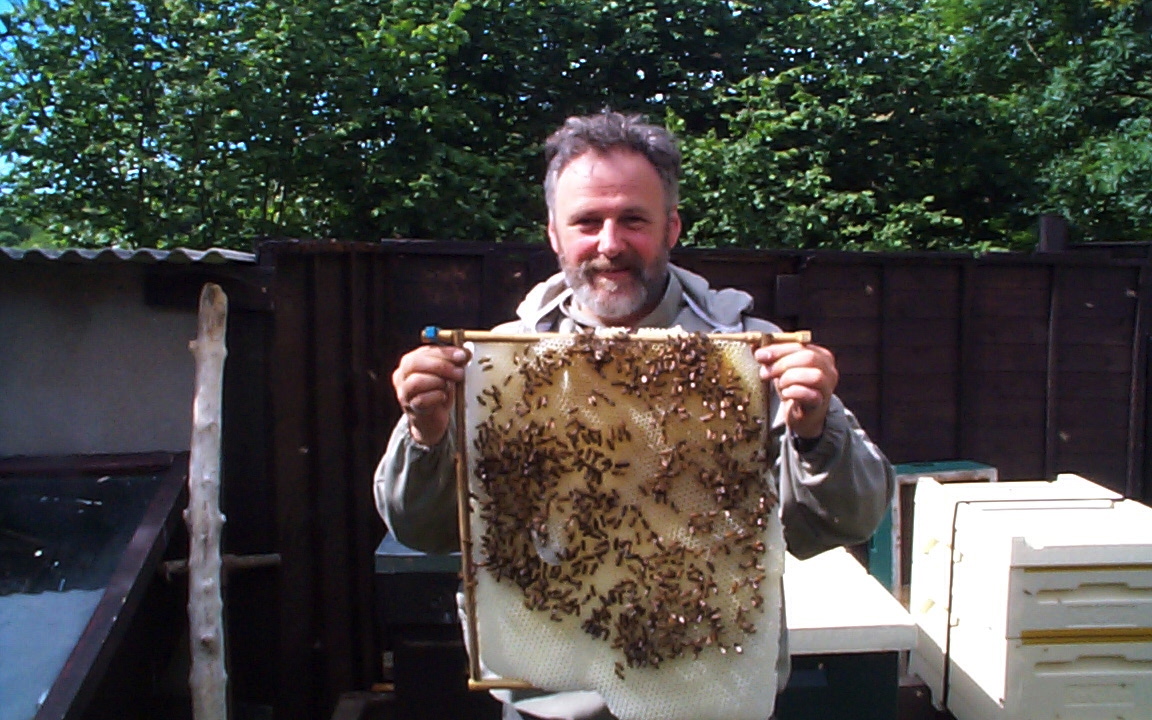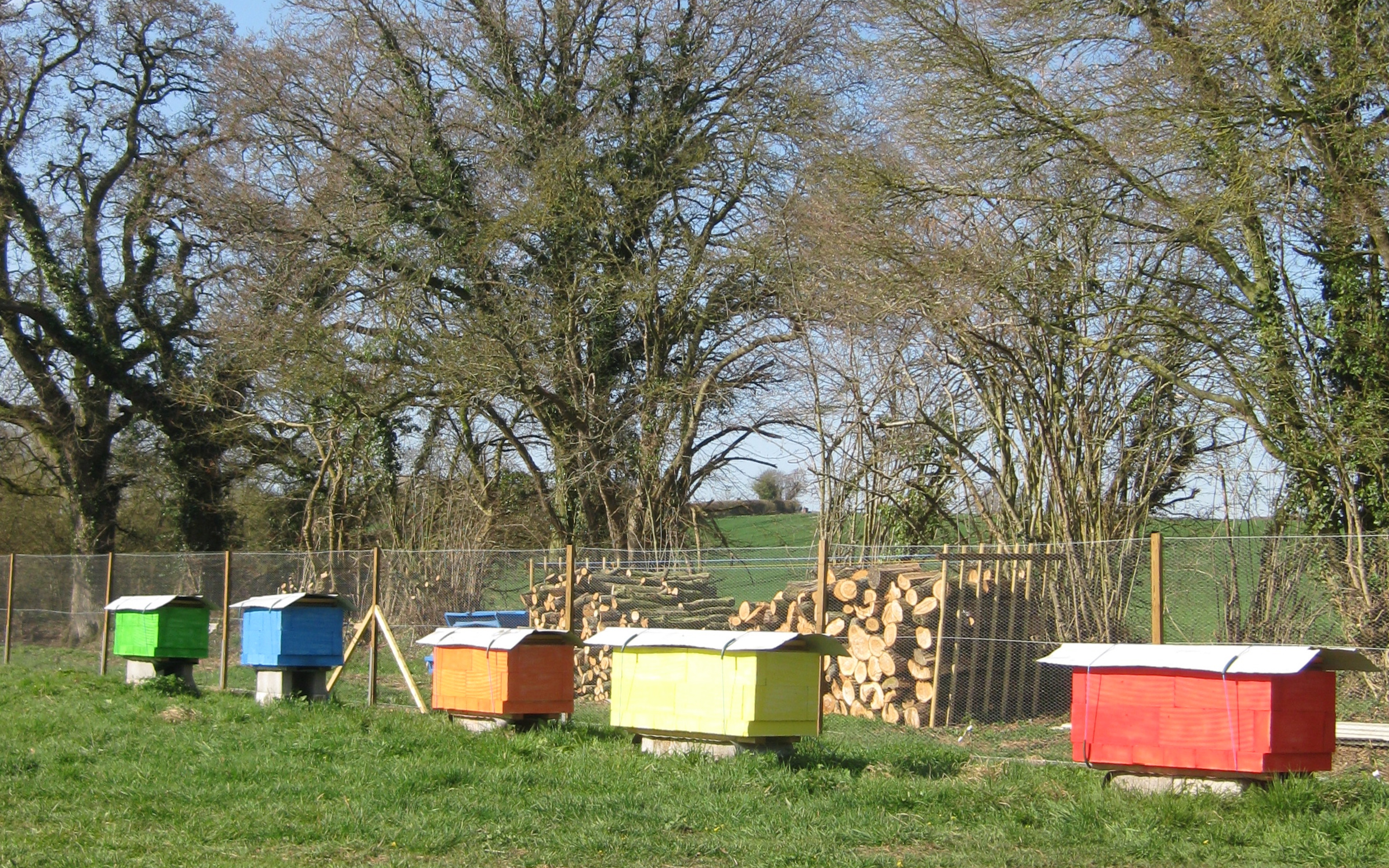
Bill Summers
Zest Hive Inventor
Bill has been a beekeeper for 40 years ,

Happy Bees
Primary Objective
A fully populated Zest hive with 28 frames

Roy Pink
Double-click to Edit
Lorem ipsum dolor sit amet, consectetuer adipiscing elit. Sed rutrum feugiat sapien. Donec at mi sit amet nisi rhoncus convallis. Ut pellentesque. Proin accumsan libero ac velit. Etiam malesuada magna at ante. Vivamus congue purus sed tortor. Vestibulum malesuada nulla.

Zest Hives at Hosie Bridge HQ
At Hosie Bridge there are five Zest hives
Locations
Popular
Links
Featured Events

Recapping our cliff diving adventure while we backpacked through
South America.


